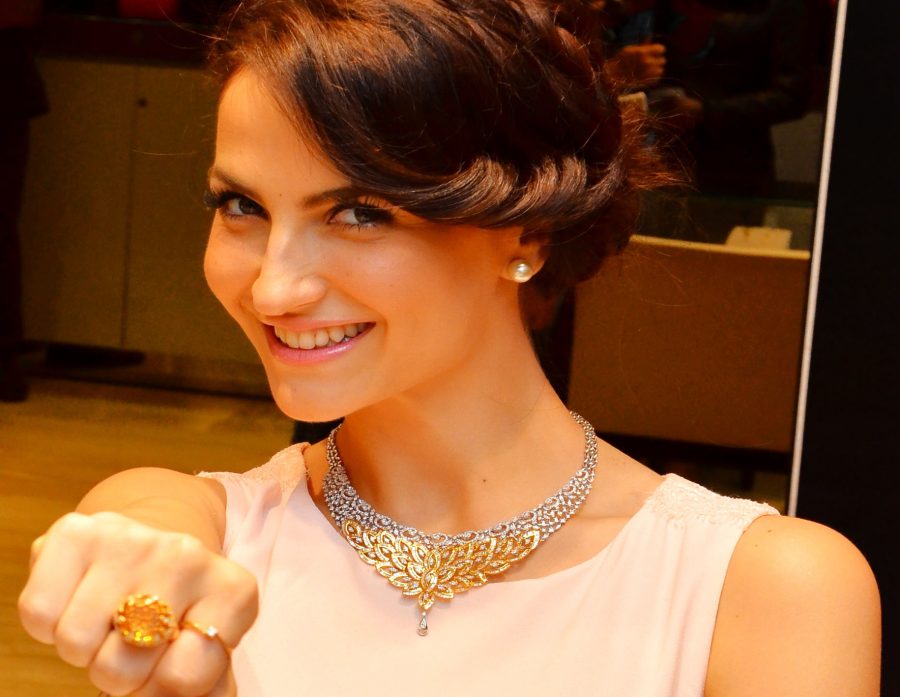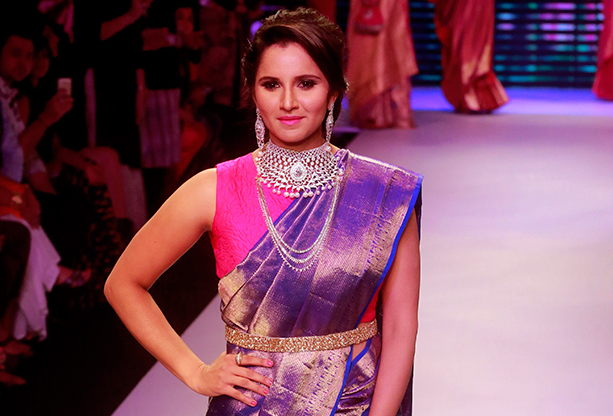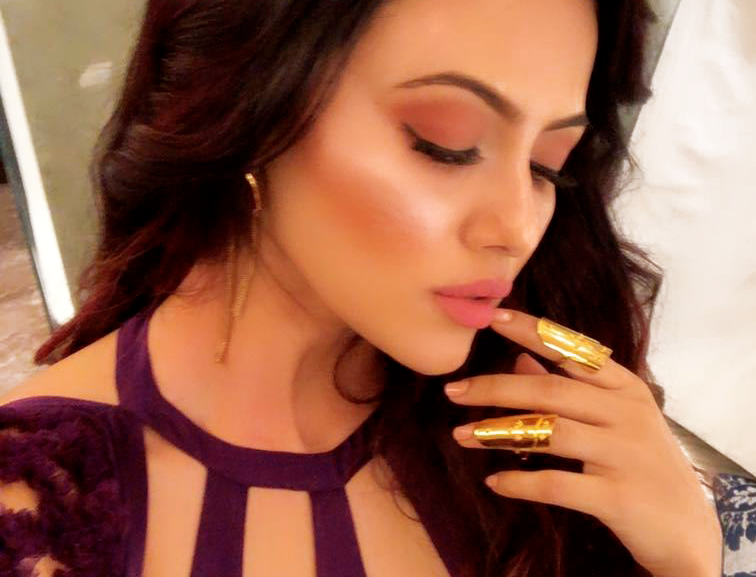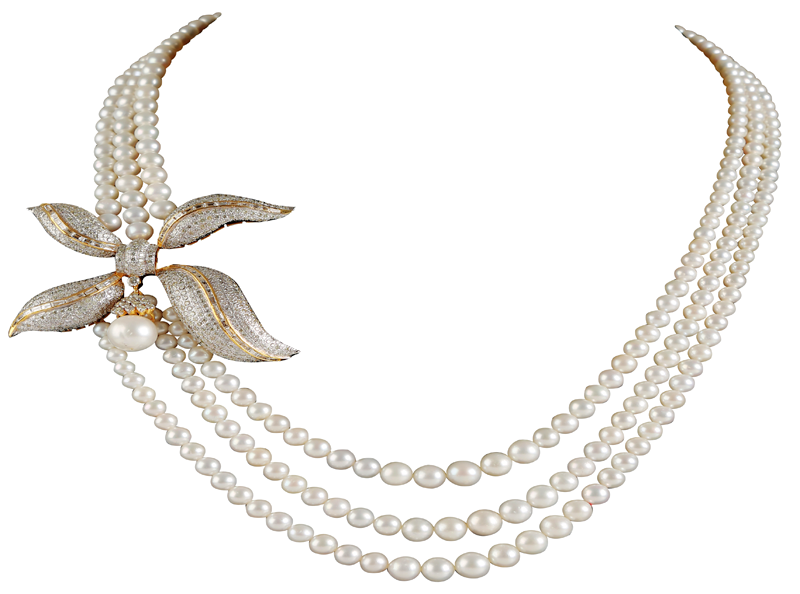
The word Jewellery is derived from the word jewel, which was anglicised from the Old French “jouel” circa the 13th century. Further tracing leads back to the Latin word “jocale”, meaning plaything. Jewellery is one of the oldest forms of body adornment; recently found 100,000 year-old beads made from Nassarius shells are thought to be the oldest known Jewellery. Jewellery is sometimes seen as wealth storage or functionally as holding a garment or hair together. It has from very early times also been regarded as a form of personal adornment. The first pieces of Jewellery were made from natural materials, such as bone, animal teeth, shell, wood and carved stone. More exotic Jewellery was probably made for wealthy people or as indications of social status. In some cases people were buried with their Jewellery.
Jewellery has been made to adorn nearly every body part, from hairpins to toe rings and many more types of jewellery. While high-quality jewellery is made with gemstones and precious metals, such as silver or gold, there is also a growing demand for art jewellery where design and creativity is prized above material value. In addition, there is the less costly costume jewellery, made from lower value materials and mass-produced. Other variations include wire sculpture(wrap) jewellery, using anything from base metal wire with rock tumbled stone to precious metals and precious gemstones.
The Indian subcontinent has the longest continuous legacy of jewellery making anywhere since Ramayana and Mahabharata times. While Western traditions were heavily influenced by waxing and waning empires, India enjoyed a continuous development of art forms for some 5000 years. One of the first to start jewellery making were the peoples of the Indus Valley Civilization. By 1,500 BC the people of the Indus Valley were creating gold earrings and necklaces, bead necklaces and metallic bangles. Before 2,100 BC, prior to the period when metals were widely used, the largest jewellery trade in the Indus Valley region was the bead trade. Beads in the Indus Valley were made using simple techniques. First, a bead maker would need a rough stone, which would be bought from an eastern stone trader. The stone would then be placed into a hot oven where it would be heated until it turned deep red, a colour highly prized by people of the Indus Valley. The red stone would then be chipped to the right size and a hole drilled through it with primitive drills. The beads were then polished. Some beads were also painted with designs. This art form was often passed down through family and children of bead makers often learnt how to work beads from a young age.

Jewellery in the Indus Valley was worn predominantly by females, who wore numerous clay or shell bracelets on their wrists. They were often shaped like doughnuts and painted black. Over time, clay bangles were discarded for more durable ones. In India today, bangles are made out of metal or glass. Other pieces that women frequently wore were thin bands of gold that would be worn on the forehead, earrings, primitive brooches, chokers and gold rings. Although women wore jewellery the most, some men in the Indus Valley wore beads. Small beads were often crafted to be placed in men and women’s hair. The beads were about one millimetre long.
India was the first country to mine diamonds, with some mines dating back to 296 BC. India traded the diamonds, realising their valuable qualities. This trade almost vanished 1,000 years after Christianity grew as a religion, as Christians rejected the diamonds which were used in Indian religious amulets. Along with Arabians from the Middle East restricting the trade, India’s diamond jewellery trade lulled. Today, many of the jewellery designs and traditions are still used and jewellery is commonplace in Indian ceremonies and weddings. Five thousand years ago was born the desire to adorn oneself and thus took root Indian jewellery. India being a “gem-bearing” country has been a treasure trove of various precious stones and has enticed many a traveller, trader and invader alike.
Transgressing through time and history, Indian Jewellery has not remained just a craft, but evolved into an art – both in design and workmanship. For the rulers, jewels were a statement of power, prosperity and prestige. But for the Indian woman, Jewellery was and is, even today in many parts considered as a security, the value of which will almost always accentuate, never depreciate.

Temple Jewellery
Classical and traditional in its appearance, temple Jewellery is commonly associated with dancers practicing the dance form of Bharatanatyam or Kuchipudi. Temple jewellery is characterised by some of the finest handwork, painfully crafted by skilled craftsmen and Jewellers. Due to the finesse required in crafting it, the time required to deliver the Jewellery may sometimes even go up to a year, depending on the number of pieces required. But one sight at the final product and most of customers will forget the agony of their wait. From earrings to necklaces to pieces for adorning the hair, feet, hip and even the plait, the temple Jewellery that is custom-made, according to the measurements of the customer, is surely an enviable possession.
Made with uncut rubies (pucchakallu), emeralds, uncut diamonds (param), pearls, sapphire and other precious stones with the foundation in gold. The price range could be anywhere between Rs. 1,00,000 for a pair of jhumkas (earrings) to several lakhs for necklaces and other specialised items. A set for a dancer, meeting all her requirements for the perfect adornment could be between Rs. 9,00,000 to Rs. 20,00,000. The main reason for the expensive nature of temple Jewellery is the making charge, which itself is almost one-third of the total cost.
Even today, the original temple Jewellery is made only by certain craftsmen, who have to follow stringent requirements during the course of making it, like maintaining a cool temperature (as heat could damage the delicate gold threading), total concentration on each set due to the intricacy involved (which means taking up only one order at a time), and so on.

Antique Jewellery
In contrast to its name, it actually relates to the present trend and is in reality considered more of fancy Jewellery. The real Antique Jewellery is only that which is passed on through the ages. The Jewellery now craft in the name of Antique Jewellery is actually the modern day Jewellery in gold or silver, which goes through a process of oxidising and is sometimes buried in a pot of clay, to give it a dull look. In lieu of its uncommon appearance, wherein the shine of gold is conspicuous by its absence, a very select clientele desires Antique Jewellery.
The price of antique gold or antique silver is usually Rs 350 to Rs 400 more than the normal price per gram. In contrast, real antiques are totally priceless and the price per gram could range anywhere between Rs 3,500 to Rs 4,000 per gram.

Minakari Jewellery
Minakari or enamelling a unique combination of gems, enamel pigments and precious stones, was born as a result of Shah Jahan’s aesthetic vision that transformed enamelling into a sophisticated art. The outcome was a range of items, from Jewellery to imperial thrones. The motifs used in the original minakari work were flowers, plants, scrolling vines and animal forms, amongst others. Minakari Jewellery is sought after more, by people in North India. The price starts from Rs 6,000 for the simplest form of Jewellery.
The Jewellery of the past speaks volumes of the unmatched calibre of the artisans of the past and their ability to generate some of the finest designs. If observed closely, the nakshatra design, by the Diamond Trading Corporation, is an offshoot of the seven-stone diamond earring (vaira thodu) concept in the South, which is purchased by most of the parents of prospective brides. Keeping the seven stones as base, thousands of designs have been produced by the DTC to suit the changing trends.
What it is about traditional or old Jewellery that remains attractive for years, one might wonder! The answer is, `They have shone through to stand the test of time’.






